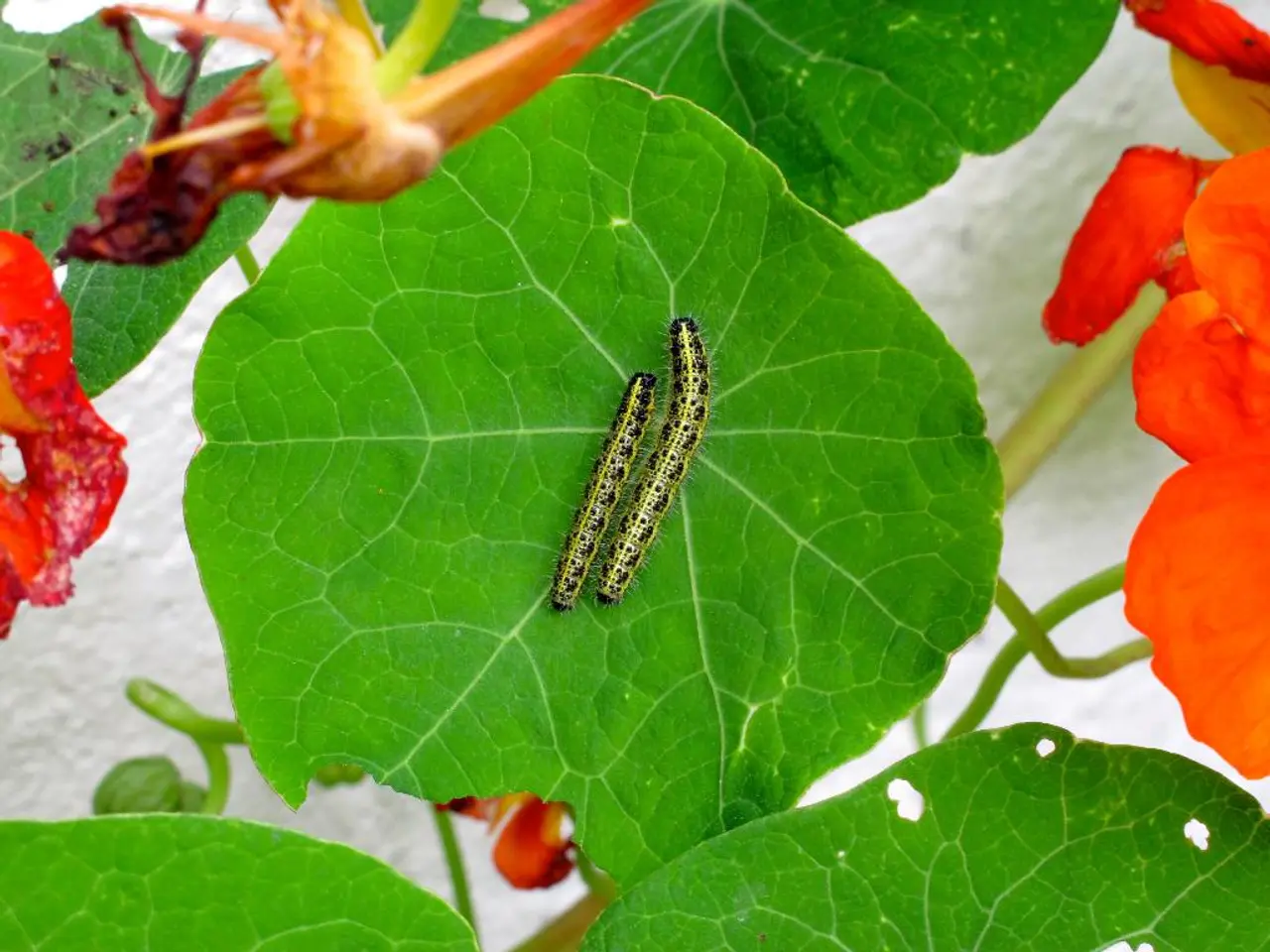Underground Starlit Spectacle: Thousands of Miniature Glowworms Illuminating Waitomo Caves
In the heart of New Zealand's North Island, the Waitomo Caves stand as a testament to the magic that can be found in the most unexpected places. These caves are famous for their unique luminescent inhabitants, the Arachnocampa luminosa, a species of glowworm native to New Zealand.
For the indigenous Maori people, the Waitomo Caves hold cultural and spiritual significance. The name "Waitomo" is derived from the Maori words "wai" (water) and "tomo" (hole), reflecting the cave's connection to the water that flows through it. The glowworms are sacred beings for the Maori, adding another layer of richness to the Waitomo experience.
The bioluminescent system of the Arachnocampa luminosa is unique and has inspired ongoing biochemical research for biotechnological applications in New Zealand. The light emitted by the glowworms is produced by a chemical reaction between a light-emitting molecule called luciferin and an enzyme called luciferase, which also requires oxygen. This reaction produces a soft blue-green light that is visible in the dark cave environment, creating the characteristic glowing star-like effect in Waitomo Caves.
Unlike some other insects whose light comes from lantern-like organs, the glowworms' light is produced by modified excretory organs in the larva. When luciferin reacts with luciferase and oxygen inside these organs, the biochemical reaction emits a steady glow. This glow serves a dual purpose: it lures unsuspecting insects into sticky silk threads spun by the glowworms, and it also deters predators by making the glowworms appear larger and more intimidating.
The unique environment of the Waitomo Caves provides the perfect conditions of humidity, temperature, and darkness needed for the glowworms to thrive, showcasing the delicate balance of ecosystems. The limestone formations within the caves offer numerous crevices and surfaces for the glowworms to attach their silk threads.
Local authorities and conservationists work to maintain the delicate balance of the Waitomo Cave ecosystem. Measures such as limiting visitor numbers, controlling lighting within the caves, and monitoring water quality are implemented to protect these natural wonders. The importance of sustainable tourism is highlighted in these conservation efforts, emphasizing the responsibility of humans to protect the wonders of our planet.
Visiting the Waitomo Caves is a magical experience, where thousands of glowing glowworms create an illusion of a starry night. Guided tours are available for visitors, offering insights into the history and science of the caves and their glowing inhabitants. It's recommended to wear comfortable clothing and sturdy shoes, and photography is generally not allowed inside the caves.
Reflecting on Nature's wonders, the glowworm caves of Waitomo inspire awe and wonder, leaving visitors with a sense of humility and a renewed appreciation for the planet's wonders. They serve as a reminder of the importance of preserving such natural treasures for future generations. The Waitomo Caves stand as a reminder of the ever-changing landscape, due to their geological formation over millions of years. Explore, protect, and cherish the world around us, for it holds wonders like the Waitomo Caves.
The conservation of the ecosystem in the Waitomo Caves, home to the unique luminescent Arachnocampa luminosa insects, is crucial for the preservation of these natural wonders. Local authorities and conservationists collaborate to ensure sustainable tourism, maintaining the delicate balance of the cave's environment, promoting the lifestyle of respecting and cherishing the planet's ecosystems, and securing the future enjoyment of these starry spectacles for generations to come within home-and-garden settings, just like the Waitomo Caves in New Zealand's North Island.
The remarkable biochemical system of the glowworms,which produce their light through a unique reaction between luciferin and luciferase, contributes to ongoing research in New Zealand for potential applications in various fields such as home-and-garden biotechnology, while also serving essential purposes within their ecosystem, contributing to the global ecosystem's diversity and richness.




